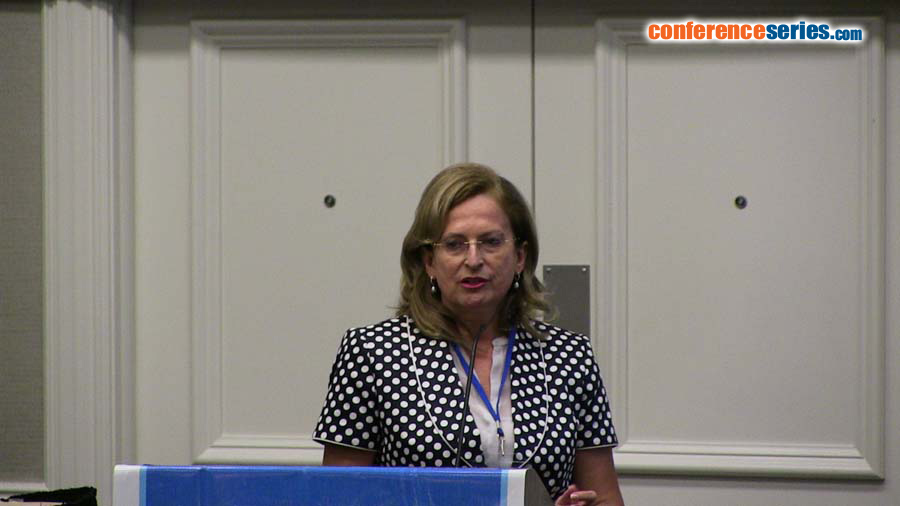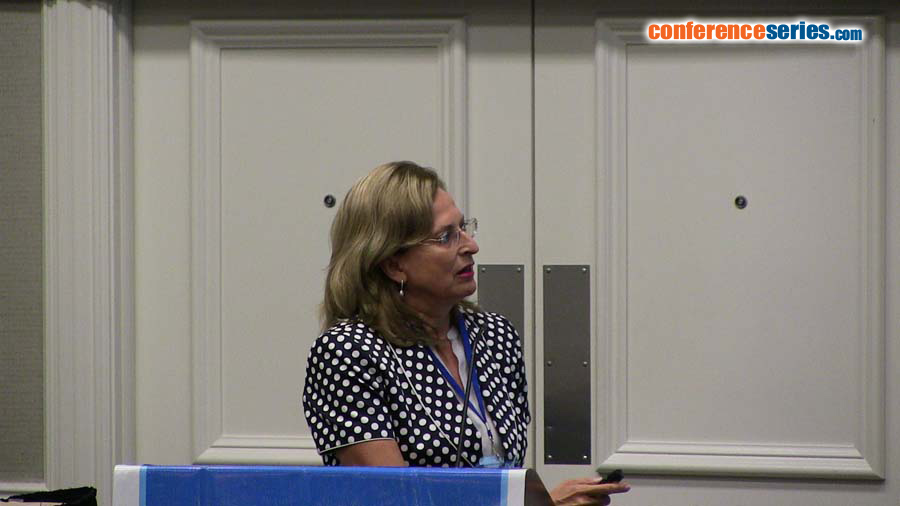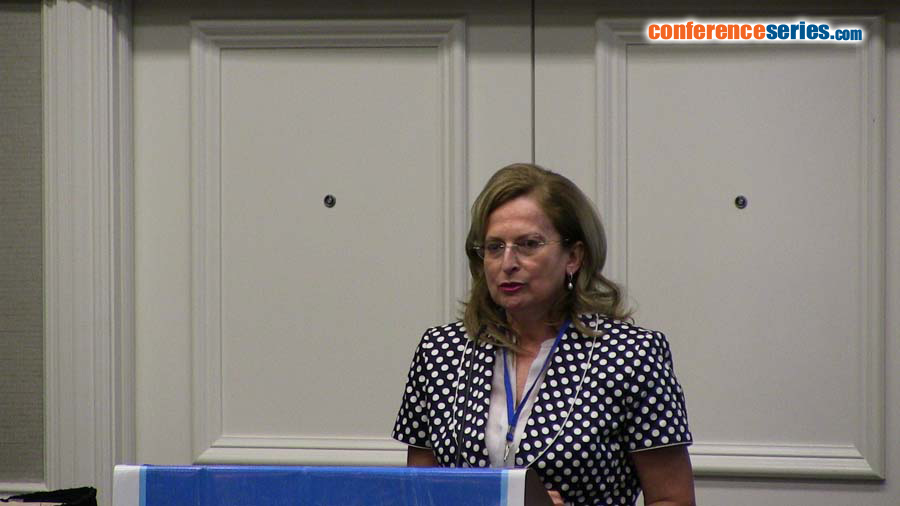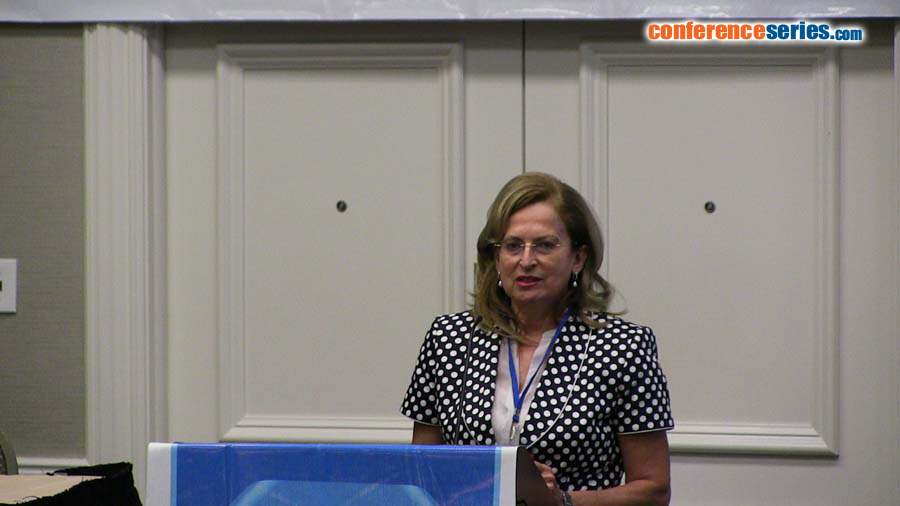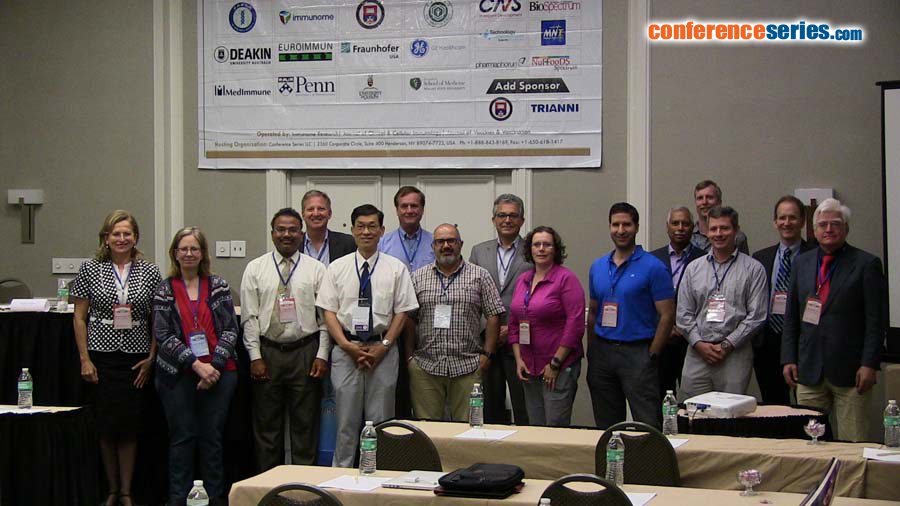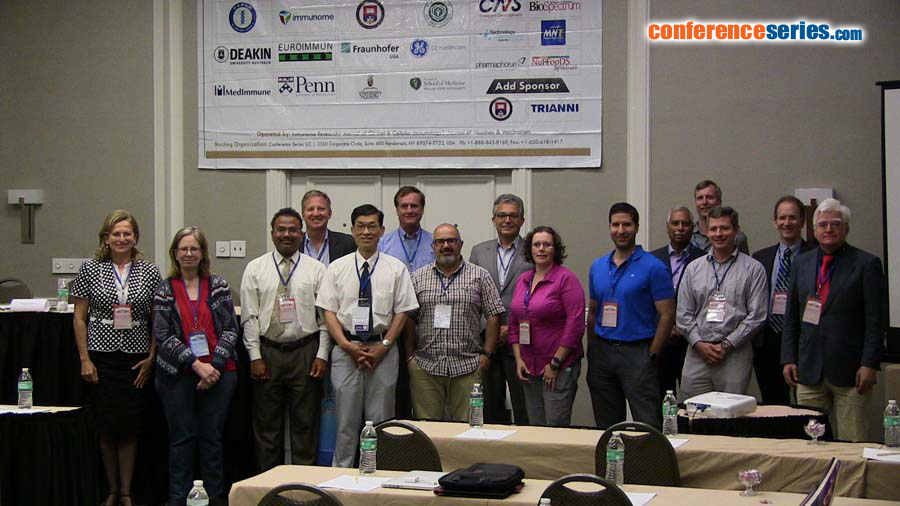
Ljudmila Stojanovich
Belgrade University, Serbia
Title: Diagnostic challenges in Antiphospholipid Syndrome (APS), or Hughes Syndrome
Biography
Biography: Ljudmila Stojanovich
Abstract
Antiphospholipid syndrome (APS) or Hughes syndrome is probably the most important paradigm of systemic autoimmune disease. Although APS is now a well-described difficult to diagnose entity, it took many decades to define the diagnostic criteria. The latest classification criteria for diagnosing APS are the 2006 Sapporo criteria that require the presence of at least one clinical manifestation and one positive laboratory criterion. Following the application of the Sapporo criteria, controversy arose because those criteria identify a more homogeneous group of APS patients at the expense of excluding another, a group collectively referred to as seronegative APS. The need for more guidelines regarding the detection of lupus anticoagulant is now fulfilled by the updated Scientific Standardization Committee guidelines. There are recent studies present on the most promising antibodies of this heterogeneous Antiphospholipid syndrome (APL) family. Nowadays, APS is increasingly recognized as a multisystem disease, the clinical expression of which may include (many non-criteria ARA) cardiac, neurological, hematological, cutaneous and other manifestations. Special attention should be given to secondary APS patients when they are subject to high-risk events: 7-10% of primary APS patients may go on to develop secondary APS with SLE. Despite updates of the diagnostic criteria, the diagnosis of SLE and APS remains difficult.


